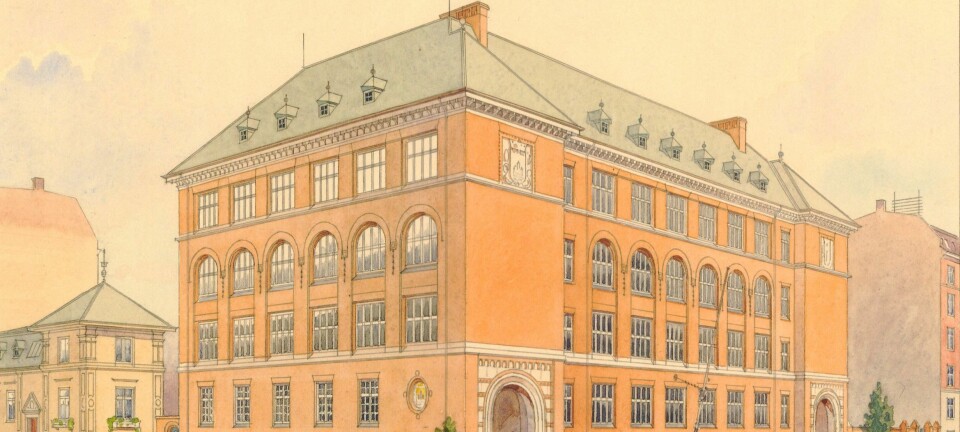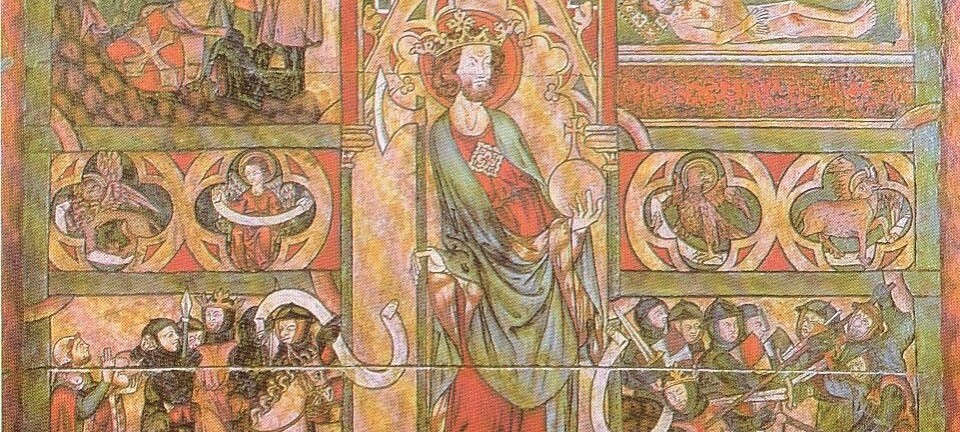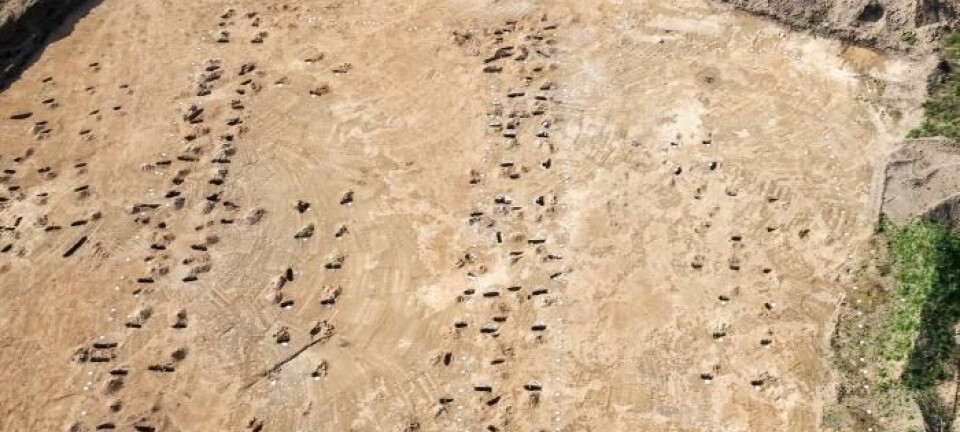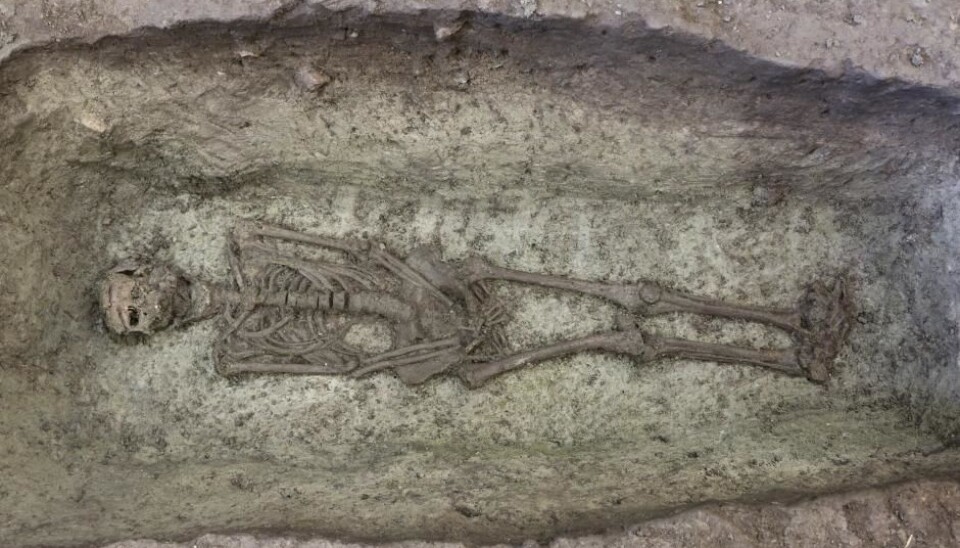
Archaeologists think they have found Copenhagen’s oldest church
If they are correct then Copenhagen was already a bustling city in medieval times, much earlier than previously thought.
In February, archaeologists excavated 20 skeletons of women, men, and children, who had lived in Copenhagen, 1,000 years ago. They have since found 10 more.
The skeletons were discovered underneath a bus stop in the Town Hall Square (Rådhuspladsen) in the city centre, meaning that this now bustling part of the city was once a grave yard for some of Copenhagen’s earliest known residents.
The excavations are ongoing and archaeologists have now uncovered a stone wall, thought to be the foundations of a church.
“If it is a church then it supports the idea that Copenhagen was an established city at the start of the Middle Ages,” says Lars Ewald Jensen, head of archaeology at the Museum of Copenhagen, Denmark.
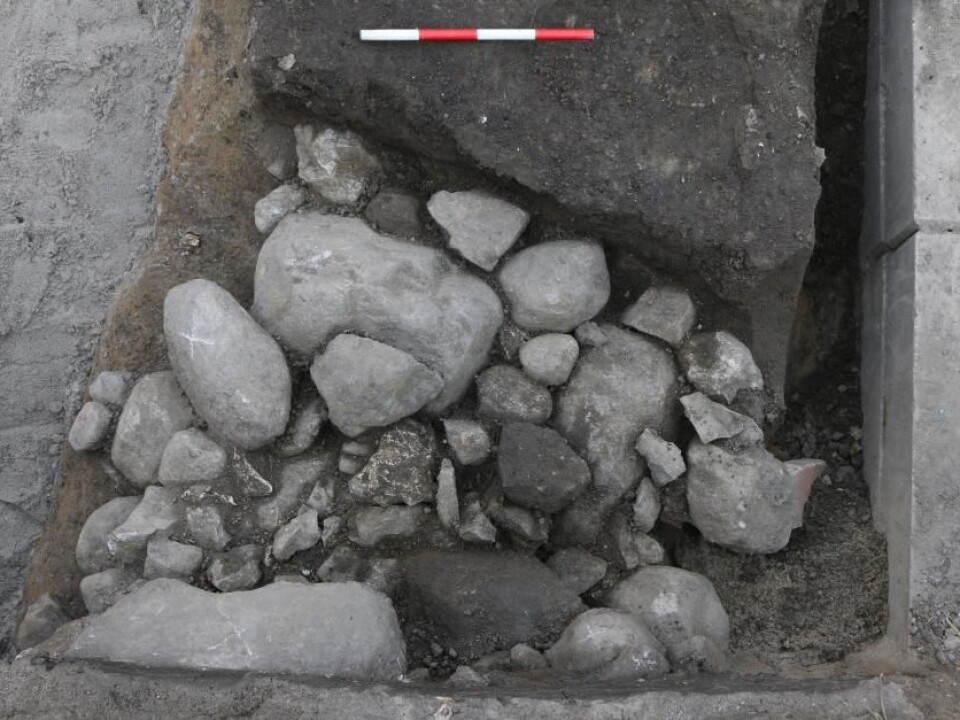
“You can have a grave yard without an established city, because you need more elements in place before you can call it a city. But conversely, you cannot have a city without a church,” says Jensen.
Read More: Scandinavia’s oldest cup mark rock carvings discovered on Bornholm
Church yard hints to life in the early days of Copenhagen
Copenhagen was gifted to Bishop Absalon by the Danish king Valdemar in the 12th century. He is famous for establishing Absalon’s Castle, which today is the site of the Danish Parliament.
But the castle was built 100 years after the skeletons were buried in the Town Hall Square. So, if the new stone wall turns out to be a church, then Absalon’s gift looks substantially more impressive, and certainly not the small fishing village that the history books describe.
“It’s not so unexpected to again, find a previously unknown church yard from this time in Denmark. What’s surprising here is that for 20 years, we thought that Copenhagen was a small village in the early medieval period. This has since been shaken up and this discovery helps to underline that we’re dealing with a bigger city,” says Jakob Kieffer-Olsen, archaeologist from the National Museum of Denmark, who is not involved in the excavation.
Read More: Arctic tomb preserves oldest known Inuit dress
Town Hall Square and church yard
Archaeologists are confident that the Town Hall Square was a church yard between the Viking Age and the Middle Ages. Since the skeletons are laid in a row, at the same level, side by side.
So the question is: How big was this church yard? And was actually there a church nearby? This is what the archaeologists will now try to find out.
“We hope that we’ve discovered the foundations of a church building. In this case, it would be older or perhaps was around at the same time as St Clement Church (Copenhagen), which was excavated in 2008. And we could potentially have discovered the oldest church in Copenhagen,” says Stine Damsbo Winther, archaeologist at the Museum of Copenhagen.
Read More: Archaeologists discover Athens’ oldest navy base
A dike or foundations?
However, archaeologists have a couple of other ideas as to what the stones could be:
- A boundary wall of the church yard, separating it from the rest of the city. But this is unlikely as skeletons were discovered on either side of the wall.
- A dike that divided the church in two. Such a feature was discovered in a medieval church yard in the nearby town of Odense. Here, a large stone wall separated the cathedral (where clergy and rich folk were buried) from the local parish church (where everyone else was buried).
- The foundations of a church. If this is the case, then it is most likely the oldest church in Copenhagen.
Whatever the stones are, they cast new light on the history of the city, says Jensen. Further excavation and DNA analysis of the skeletons should reveal some answers, he says.
Read More: Archaeologists finally know how old Denmark’s fifth Viking fortress is
No bone analyses yet
Other analyses of the skeletons will reveal whether there are any major differences between the skeletons on either side of the wall.
These analyses could reveal how the population developed, how people lived, and which diseases they carried, and hence have a “huge potential,” says Jensen.
“Right now we don’t understand the skeletons, because it requires funding that we don’t have just now. But we’ve preserved them and we’ll ensure that they are available to be studied in the future,” he says.
---------------
Read more in the Danish article at Videnskab.dk
Translated by: Catherine Jex
